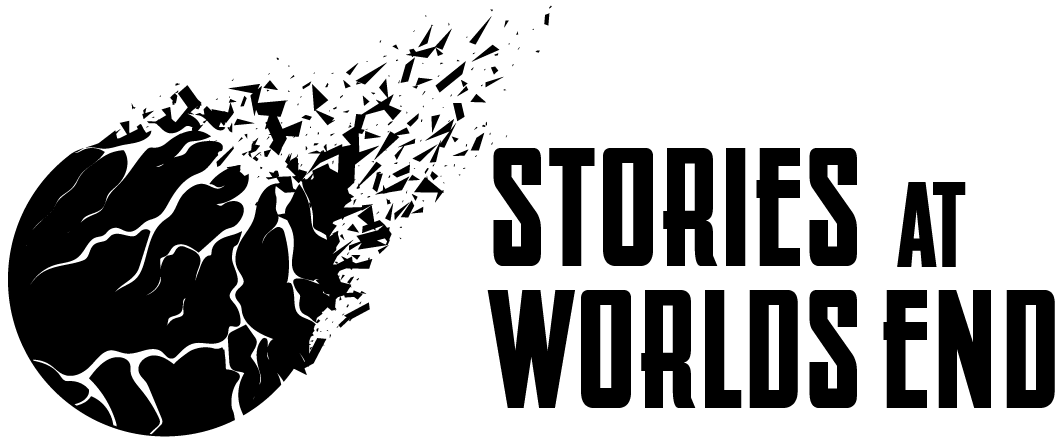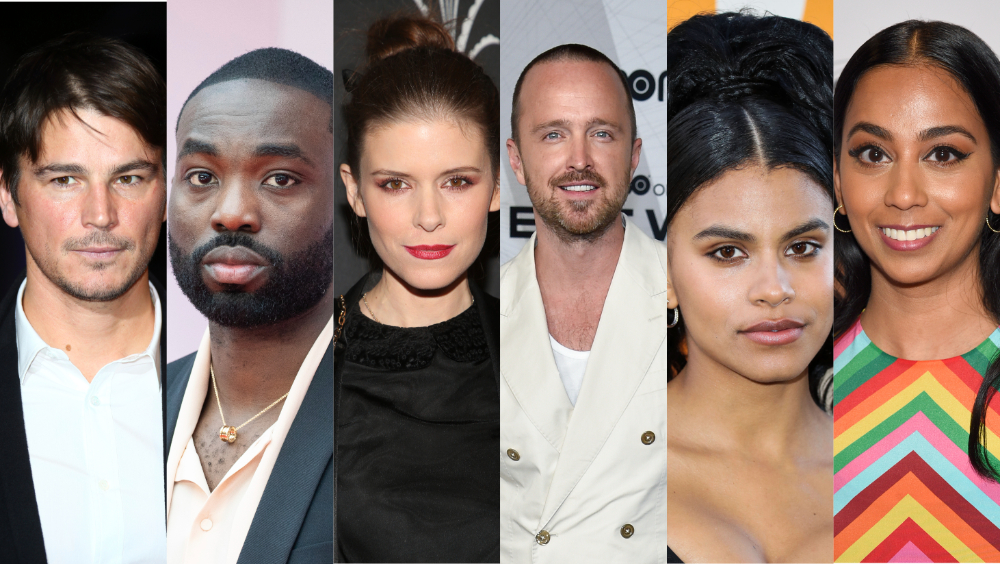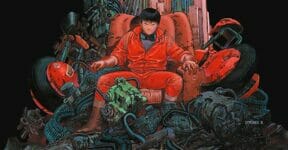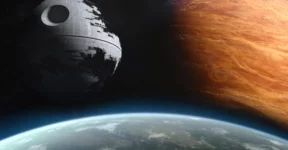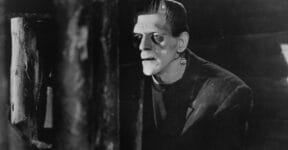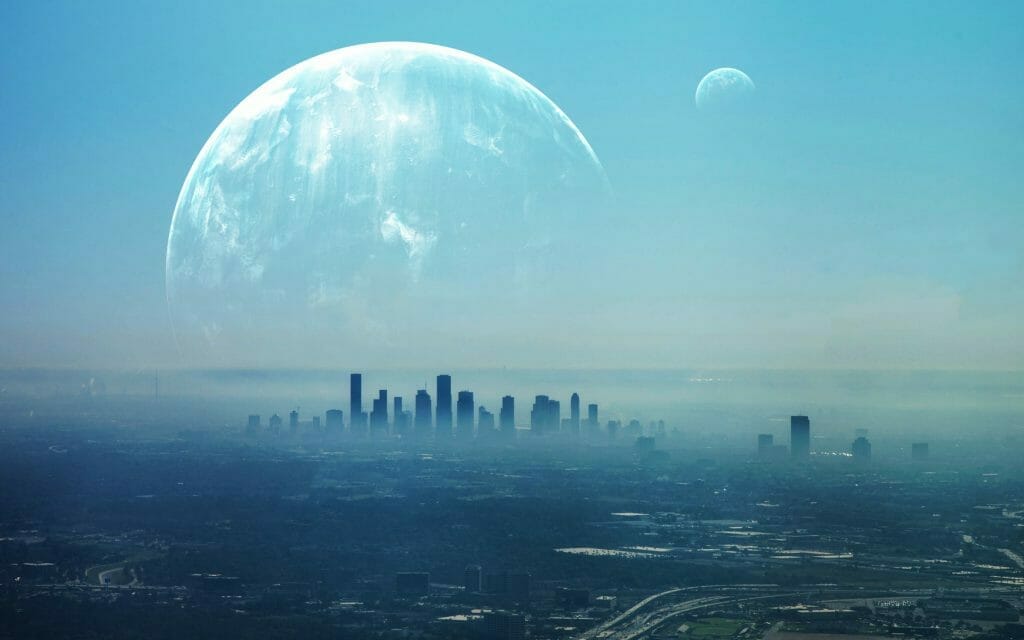Sci-fi horror, a genre that probes our deepest fears about the future and the unknown, has a rich history spanning over two centuries. Mary Shelley’s Frankenstein (1818) is widely considered the genre’s foundational text, introducing the enduring “mad scientist” trope and exploring the dangers of unchecked scientific ambition. Boris Karloff’s iconic portrayal of Frankenstein’s monster in the 1931 film adaptation solidified the creature’s image in popular culture, demonstrating the genre’s early transition from literature to film.
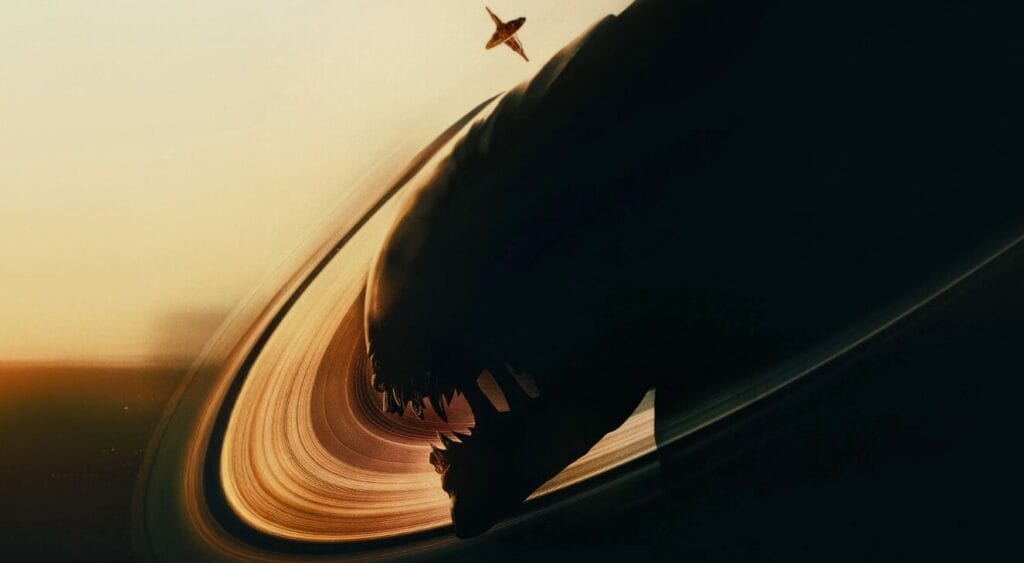
H.G. Wells’ The War of the Worlds (1898) further cemented the genre’s power, depicting a Martian invasion that tapped into anxieties about colonialism and the unknown. The infamous 1938 radio adaptation, which caused widespread panic by blurring the lines between fiction and reality, highlighted the growing influence of new media.
Modern Evolutions:
Modern sci-fi horror continues to draw upon these classic themes while exploring new anxieties. The “mad scientist” trope, for example, persists in David Cronenberg’s The Fly (1986), a visceral body horror film that updates the story for a technologically advanced age. Ridley Scott’s Alien (1979), while lacking a traditional mad scientist, evokes the same sense of human vulnerability in the face of a powerful, extraterrestrial threat, mirroring the core fear explored in The War of the Worlds.
Tracing the Genre’s Evolution:
- The Birth of Sci-Fi Horror: Frankenstein laid the groundwork, exploring the ethical and existential consequences of creating life from death.
- The Atomic Age: Post-World War II anxieties about nuclear war and communist infiltration fueled films like Invasion of the Body Snatchers. Richard Matheson’s I Am Legend (1954) introduced the concept of a scientifically explained vampirism, influencing later zombie narratives.
- Space and Body Horror: The 1970s and 80s saw a surge in films exploring the terrors of space and the grotesque transformations of the human body, with films like The Thing, Videodrome, Alien, and Event Horizon.
- Robotics and AI: With the rise of advanced technology, films like The Terminator (1984) explored anxieties surrounding artificial intelligence and the potential for machines to turn against their creators.
Sci-fi horror’s enduring appeal lies in its ability to reflect our deepest fears and offer cautionary tales about the potential consequences of scientific and technological progress. From classic literature to modern media, the genre continues to evolve, exploring new anxieties while revisiting enduring themes. The shift from page to screen has broadened the genre’s reach, allowing for more visceral and immersive storytelling experiences.
Do you think sci-fi horror games, with their interactive nature, are scarier than films and books? Are there actually sci-fi horror films aimed at children? We’d love to hear from you.
Other Things You Might Want to Know
Best sci-fi horror films, according to Digital Trends:
- Alien (1979)
- The Thing (1982)
- The Fly (1986)
- Predator (1987)
- Aliens (1986)
- 28 Days Later (2002)
- Re-Animator (1985)
- Frankenstein (1931)
- Invasion of the Body Snatchers (1978)
- A Quiet Place (2018)
What is the Golden Age of Science Fiction?
It’s difficult to determine whether there’s any objective measure to say that sci-fi of any particular period was superior to any other. But it’s true that the conventional usage of the term “the golden age of sci-fi” refers to the specific era from 1938 to 1946. Some people would suggest that it was only the “first” golden age of sci-fi, suggesting there might be some similar notable era in the genre’s development.
